Look Closer: These Places Are Not Actually Real
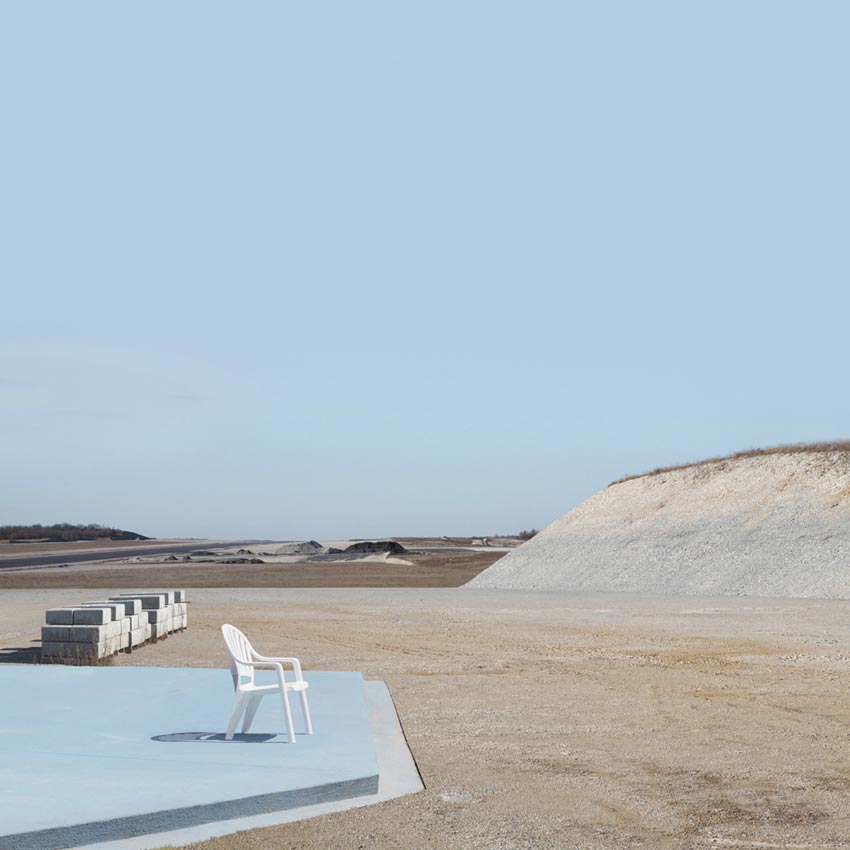
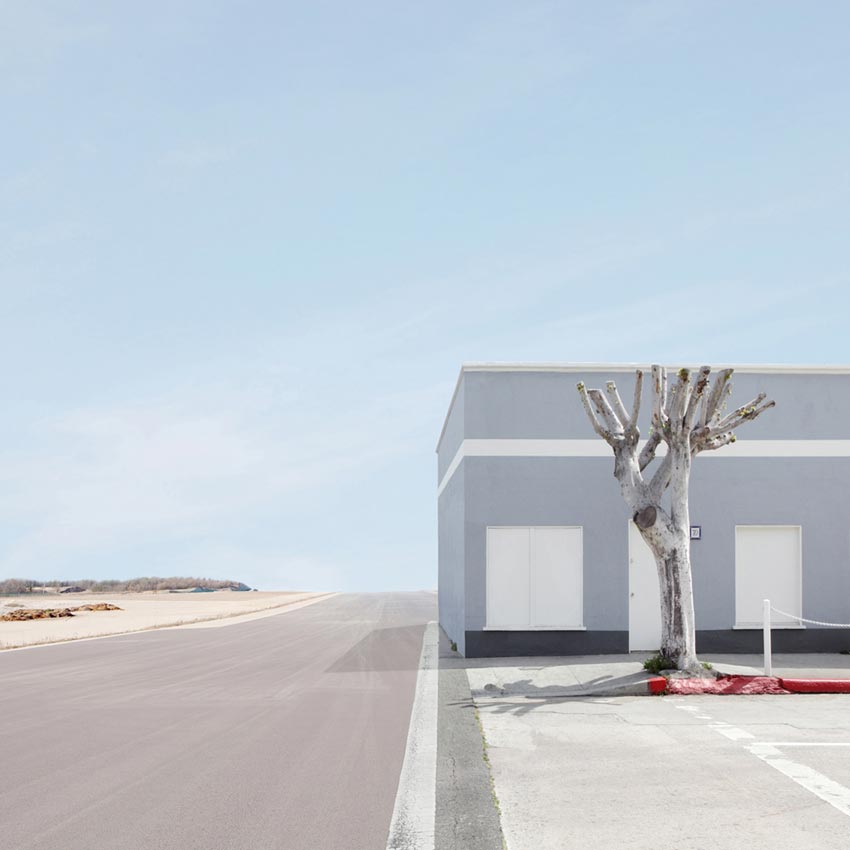
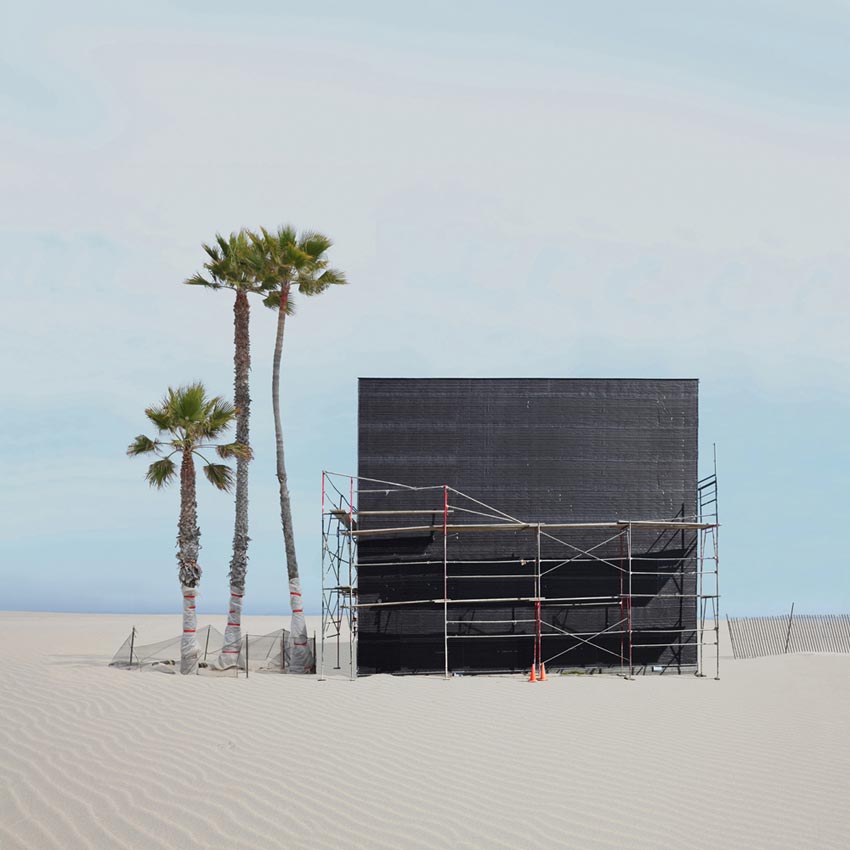
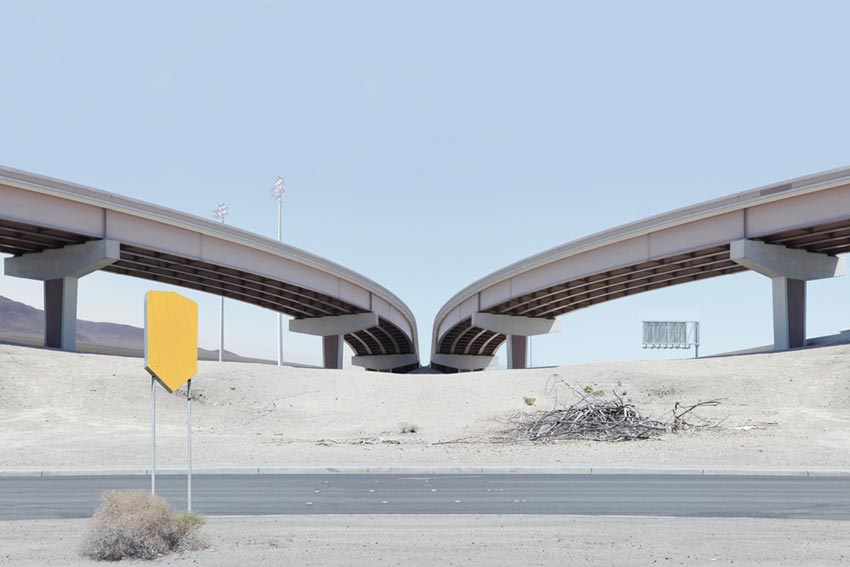
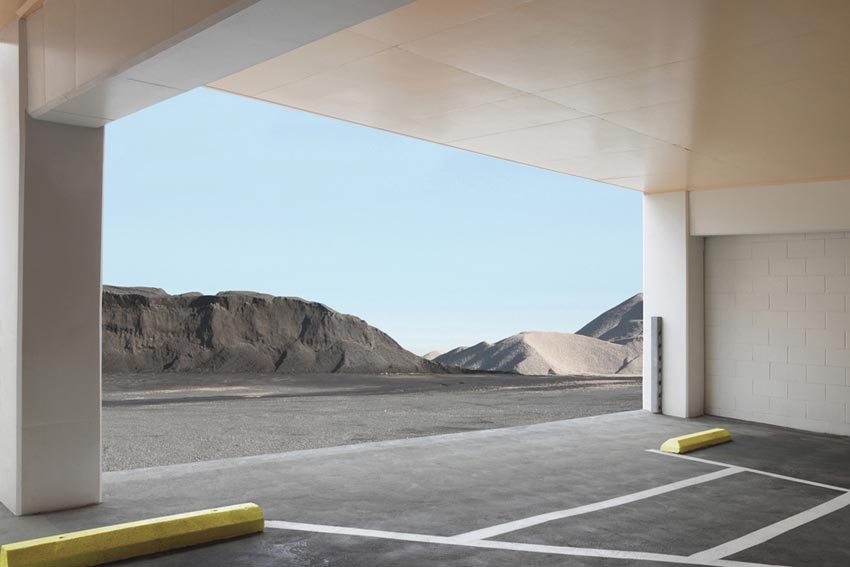
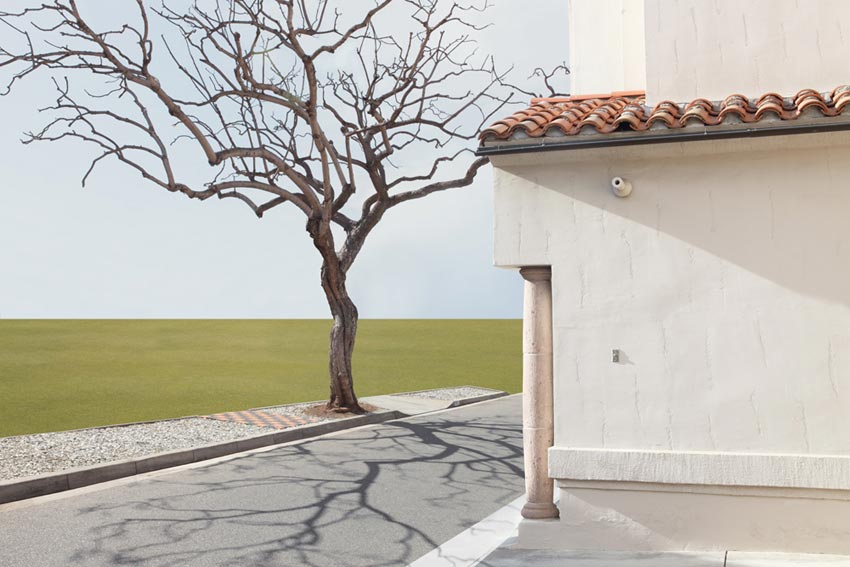
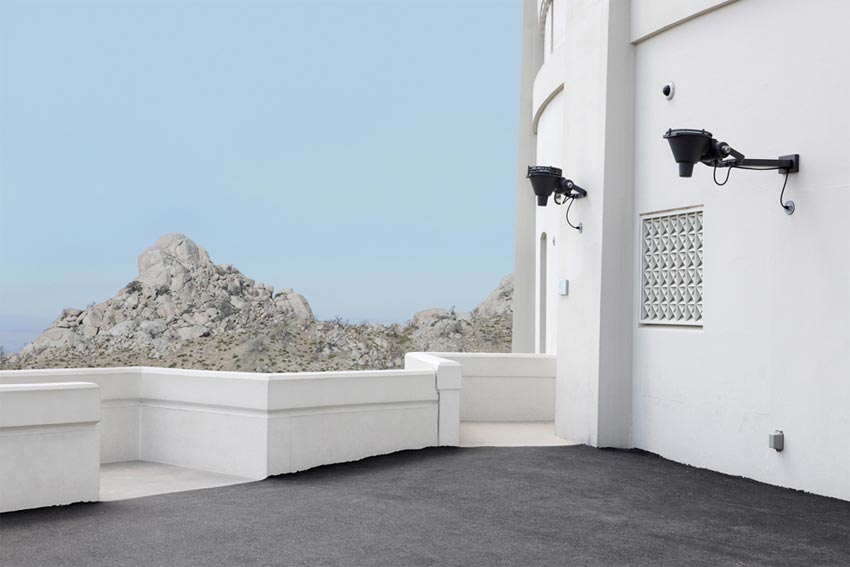
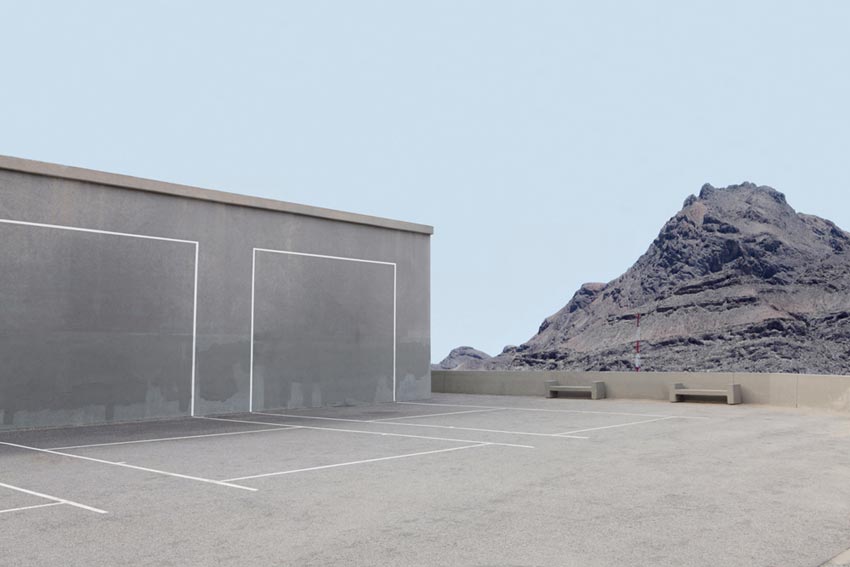
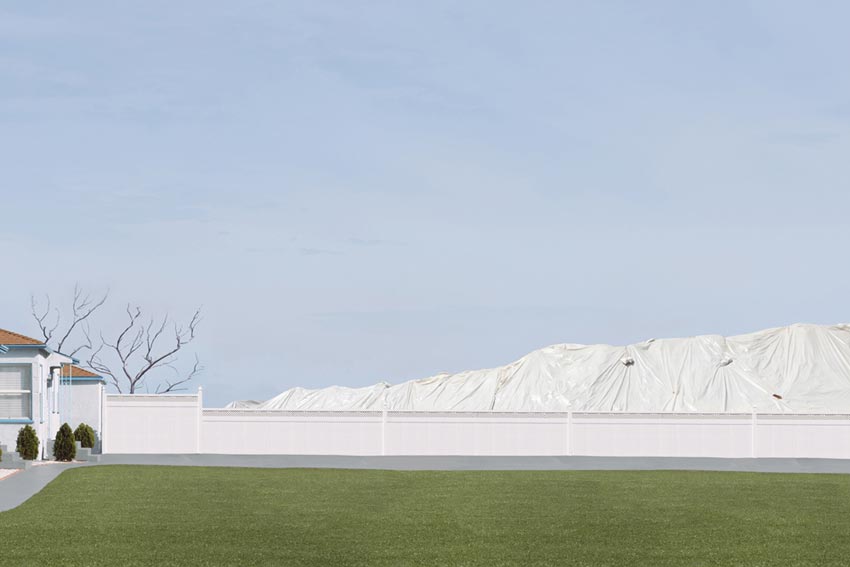

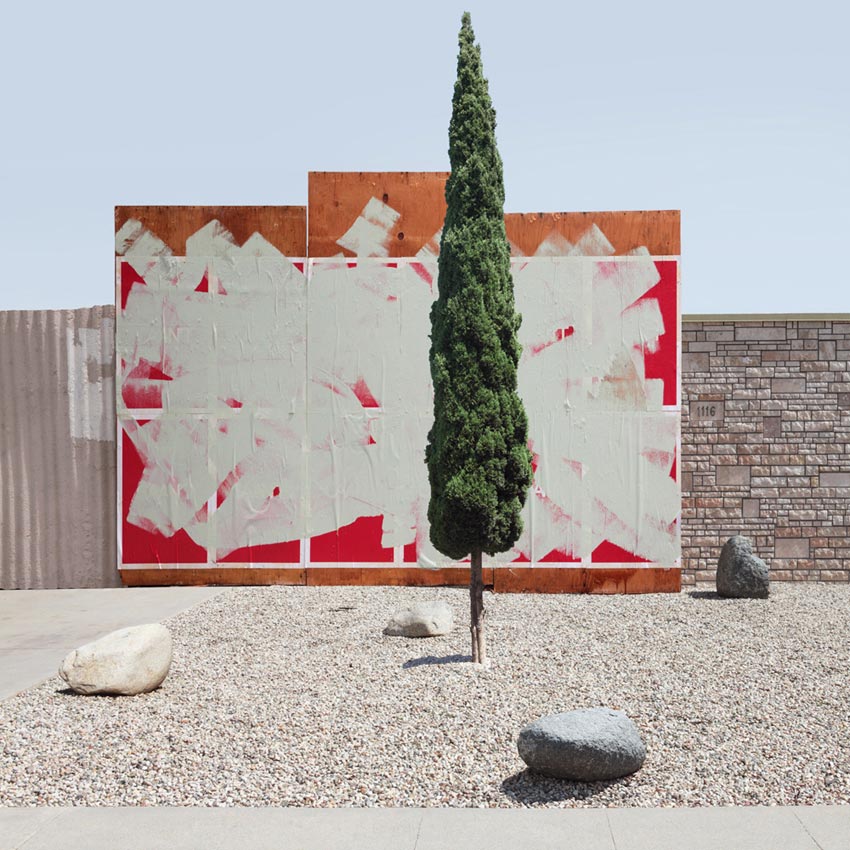
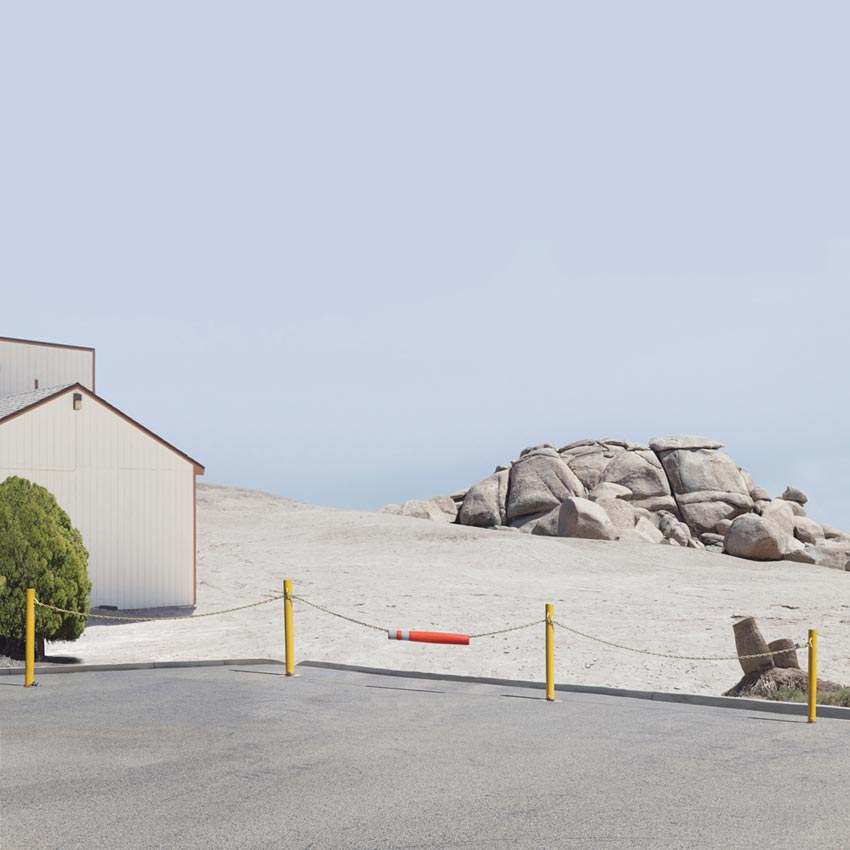

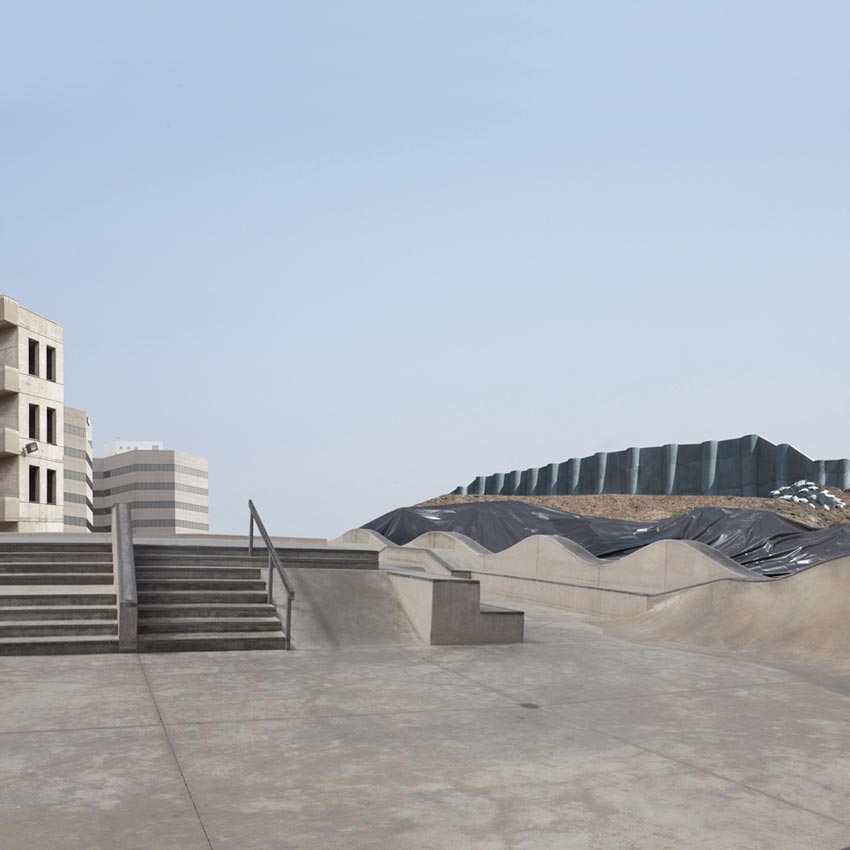
IN THIS INTERVIEW > 43 year-old French photographer Lauren Marsolier takes us “behind the scenes” of Transition, her brilliant, long-term body of work which consists of landscape photographs each one obtained by montaging bits and pieces of several different pictures.
Transition is available as a photobook published by Kerber Verlag – buy it here.
Hello Lauren, thank you for this interview. You started working on Transition about ten years ago: do you remember how you first had the idea to create fictional landscapes by combining elements of real ones?
I started this body of work as I was going through a phase of transition in my personal life, which got me thinking more broadly about the mental process of going through change, as well as how we relate to our environment. First, I wasn’t sure how photography could show something as intangible as a psychological experience. I started to take photographs of places and manipulate them to enhance a particular atmosphere. I just wanted to isolate it from its distracting context.
After doing some subtracting, it soon came naturally to add elements from other photographs, which gave new layers of meaning. The more I worked on composing a new image from multiple photographs, the more it became clear that this new process allowed me to be more accurate in portraying the illusive experience of transition.
Transition raises questions on two notable themes: the idea of what a place is, and the very idea of what a photograph is. Are you interested in one more than the other? What is your main intent behind this body of work?
I am interested in the new possibilities of photography and how a photographic image can reflect a mental process. To me, the experience of going through change, one that involves a change of consciousness, entails a period of disorientation and self-doubt. Our new perception of reality raises questions and contradictory feelings within us. Creating some kind of ambivalence in my compositions allows me to put the viewer in a similar position when he questions what he is looking at and wonders whether these are ‘true’ photographs (or ‘real’ places).
Even though photography manipulation has been used for a long time, our new digital tools have amazingly expanded the possibilities of the medium. That allows for a new language. In my images, the combination of photographs creates an unidentifiable place, a place without history or location. This way, it becomes more of a generic and metaphoric place. I am interested in how places relate to our minds, how our constructions reflect what we think and feel, and how, in turn, our built environment affects our consciousness.
Your images are striking in how they look real, yet at closer inspection you kind of suspect that something is not quite right. How do you achieve this subtle balance, this ambiguity? And how do you know when the image is done and you should stop adding elements?
I make tons of trials and errors. I do a lot of subtracting and adding before I get to a composition that works. Sometimes, I need to let an image rest out of sight for a while, so I can return to it with a clearer mind. This ambiguity is key for me, because the questioning about my image and its nature mirrors the doubt-filled experience of going though a period of change. Taking breaks from working on an image allows me to better assess when the image feels right.
Another impressive feature of Transition is how the photographs, despite being digitally montaged from a wide range of other pictures, are very consistent with each other – it does look like you’re building a world of its own with a precise architectural style. Is the choice of the source images the key to create this effect?
I tend to work with very basic shapes. So, even if the source material has elements of style, I usually eliminate them. I like to work with the generic. I like that my images, seen from a distance, might almost look like abstract geometric paintings. Abstraction and geometry are a good reflection of our contemporary world. I think this is the consistency that you perceive in my work.
In some way, you do what Ellen Page’s character did in the film Inception: you create new, possible worlds starting with what actually exists in the reality. Are the real landscapes you originally photograph your main inspiration, or do you also keep any specific reference in mind?
I don’t consciously keep references in mind. I get inspired about something particular in a landscape, and it is that particular something that will trigger a new composition. I will try to isolate it and build around it, and a new image will slowly emerge.
Why do humans never appear in your images?
I often wondered about that. For a while, as I was developing the project, I thought they would appear at some point. But they haven’t. Then, somebody pointed out that the human was present, but through its constructions, artefacts and traces. I think they were right. I see these constructed landscapes as being about us. Adding a human figure could be both distracting and redundant.
So far you created three different “chapters” of Transition, each one with particular aesthetics. Are you working on a new installment of the series, and how is it going to look?
I am working on a new series that could almost be a new chapter. It will be somewhere between landscape and still life.
What have been the main influences on your photography?
I love looking at images, so it is hard to isolate the main influences. I feel that painters like Edward Hopper and Giorgio De Chirico have had a particular influence.
Who are some of your favorite contemporary photographers?
Lewis Baltz, Thomas Demand, Andreas Gursky and many others.
Do you have any other passion beside photography?
Psychology.
Choose your #threewordsforphotography.
Imprint. Passage. Painting.
Keep looking...
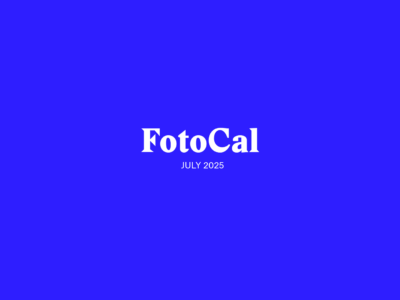
FotoCal — Photography Awards, Grants and Open Calls Closing in July 2025

FotoCal — Photography Awards, Grants and Open Calls Closing in June 2025

FotoCal — Photography Awards, Grants and Open Calls Closing in May 2025

FotoCal — Photography Awards, Grants and Open Calls Closing in April 2025

FotoCal — Photography Awards, Grants and Open Calls Closing in March 2025

FotoCal — Photography Awards, Grants and Open Calls Closing in February 2025

FotoCal — Photography Awards, Grants and Open Calls Closing in January 2025




